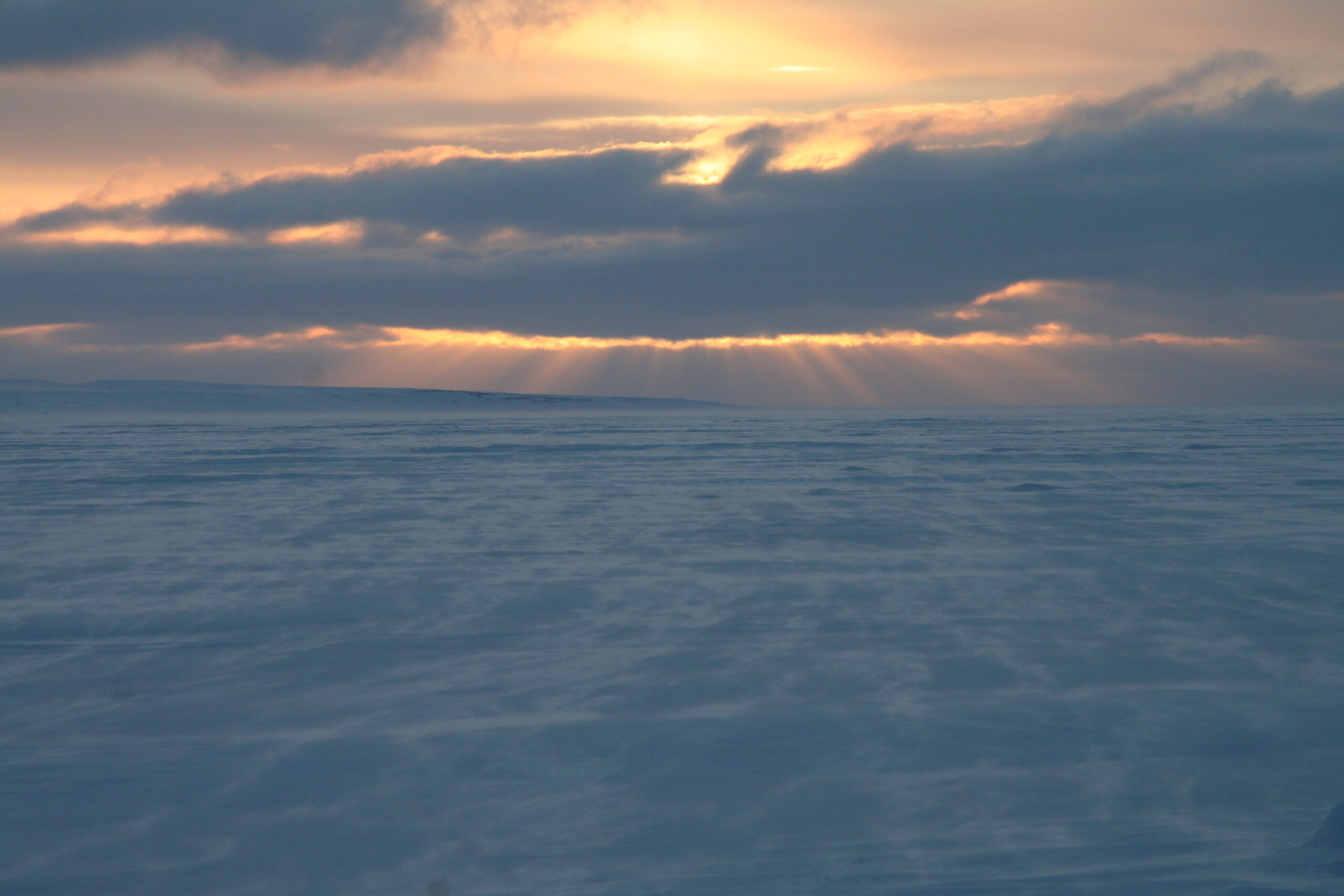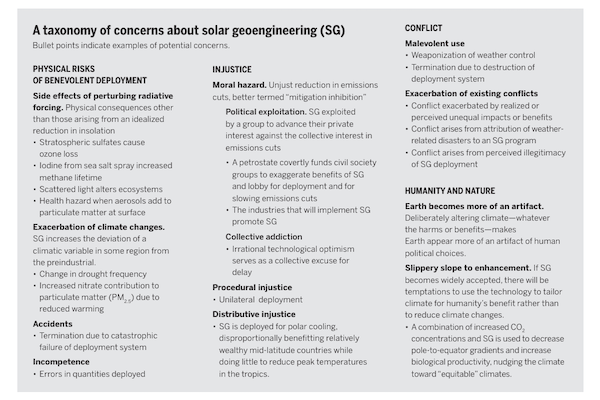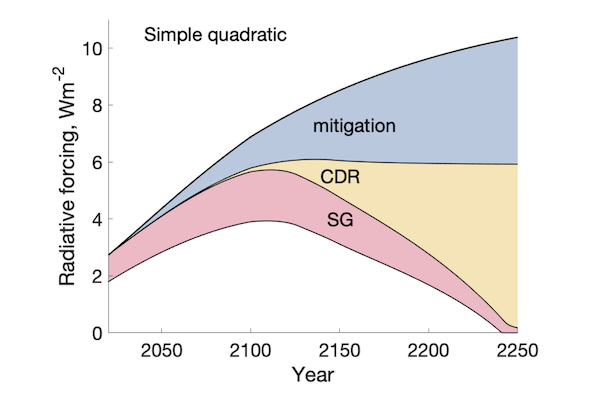
Solar geoengineering
If I’m known for something, it’s for urging research into solar geoengineering, also known as solar radiation modification (SRM), to slow or reverse global warming.
SRM refers to several possible techniques for reducing climate changes; all involve reflecting a small amount of incoming sunlight away from the earth to offset the global warming and other climate changes caused by accumulating greenhouse gases. Two examples of SRM are using aircraft to add tiny sulfuric acid droplets to the stratosphere, and spraying sea salt into the air to whiten low level clouds.
My work on SRM started in 1989, when I had the luck to fall in with an interdisciplinary group of graduate students from Harvard and MIT who were at the vanguard of climate science and policy. Then as now, students often lead their professors in finding important new topics. After someone in the group brought up geoengineering, I began a literature review and then met some members of the committee working on a National Academy climate report that included SRM. My early review was eventually published in 1992 co-authored with Hadi Dowlatabadi who had by then recruited me to CMU’s global change research group.
Over the next two decades, I returned periodically to solar geoengineering in discussions and occasional publications—most notably in 2000 with Geoengineering the Climate: History and Prospect. But for most of the 90’s and early 00’s, my SRM work remained a sideline to my work on atmospheric science and energy decarbonization.
That began to change in 2009, when I began collaborating with Timo Goeschl and others at the University of Heidelberg, in Germany. That work led to a joint Heidelberg-University of Calgary summer schools on solar geoengineering, held first in Heidelberg and then in Banff and at Oxford. I am proud that these summer schools played a key early role in building an inclusive interdisciplinary research community on SRM.
I decided to focus on solar geoengineering when I moved from UCalgary to Harvard in 2010. I’d become convinced that the topic deserved serious study—something that would be possible thanks to Harvard’s breadth of earth science and policy expertise. Highlights of my work since then include:
- Leading the development of Harvard’s Solar Geoengineering Research Program. We raised more than $20 million, which was used to fund a wide variety of research projects across Harvard under the guidance of an interdisciplinary faculty committee. This was probably the first SRM research program to be approved and managed as a university-wide effort rather than a single professor’s research program.
- Working with Doug MacMartin and then with Alan Robock to initiate the Gordon Conference on Climate Engineering. Gordon conferences have been held since 1931 and are often the premier conference in a scientific field. Securing approval from the Gordon organization was a marker of SRM’s gradual emergence as a legitimate sub-field of climate science.
- Working with Jim Anderson and then with Frank Keutsch to develop plans and hardware for the Stratospheric Controlled Perturbation Experiment (SCoPEx). The work grew out of Jim’s leadership in experimental stratosphere science and my experience as Jim’s Postdoc in the ’90 building stratospheric instruments. The experiment was cancelled in 2024.
- Establishing the Climate Systems Engineering initiative at the University of Chicago in 2023. I moved to UChicago because it was the first major research university to commit to hire a substantial number of faculty with the goal of establish climate engineering as a field.



Halving warming with idealized solar geoengineering moderates key climate hazards
End the Deadlock on Governance of Geoengineering Research
Solar geoengineering can alleviate climate change pressures on crop yields